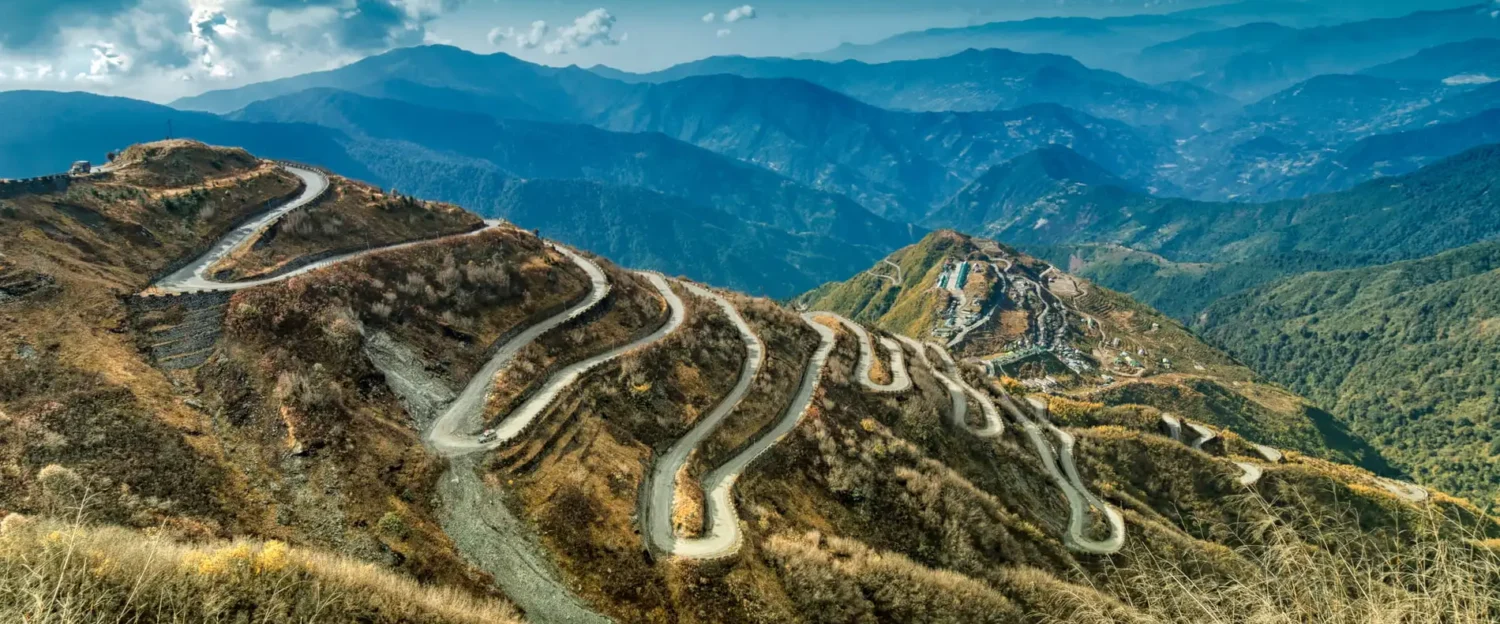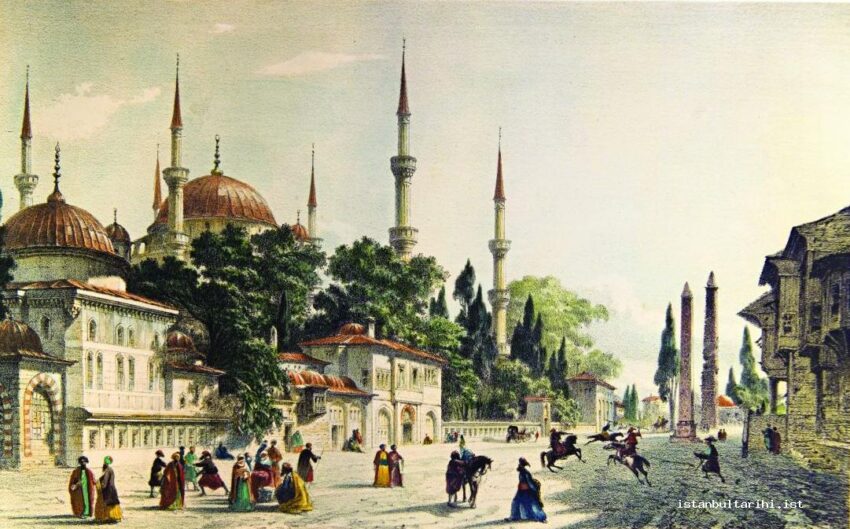In short, this marks the end of our voyage in the digital world of the Silk Road in the 16th- 17th centuries. We stand at a crossroad of different civilizations where our thoughts go back to the vast trades that passed through this ancient road and how they continue to shape the world today. We have discovered a rich tapestry through our journey aided by primary and secondary sources that are made up of strands of business, art, religion, and festivities. The fact that the Silk Road can be seen not just as a communication route for goods but also as a stage where East met West and the resultant characteristic of cultural synthesis that goes beyond geographical borders further amplify the glory of the Silk Road. Architectural wonders of Suzhou, Dunhuang, Samarkand, Isfahan, Istanbul, and Jerusalem show the cultural dialog the route created.
Trip Down The Imaginary Silk Road
An Imaginary Travel Log

